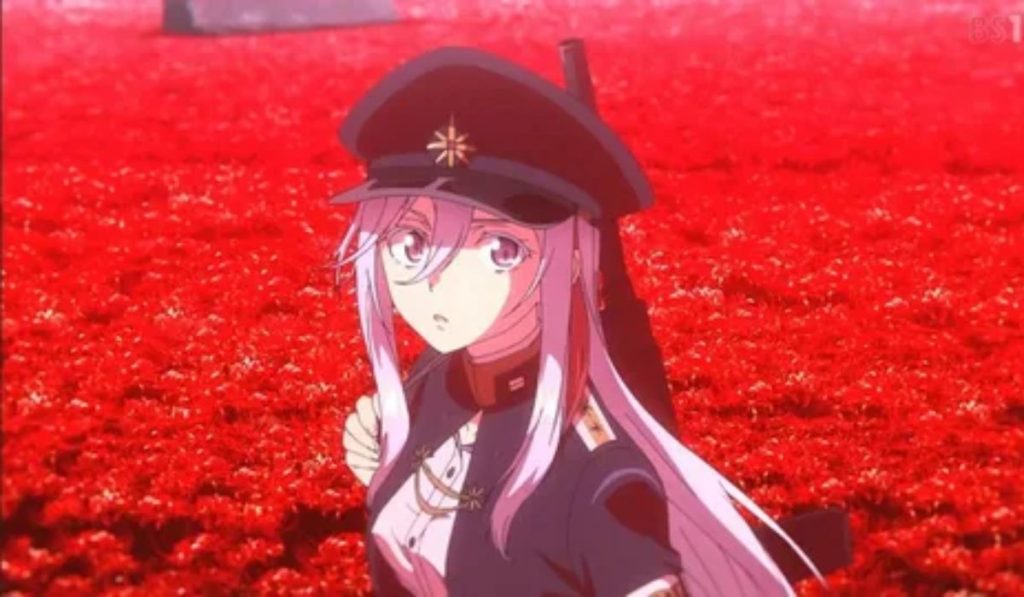anime:6j_67cx_pgi= cat has long been a beloved subject in various forms of media, and anime is no exception. These furry felines have captured the hearts of viewers worldwide, often playing significant roles in popular anime series. From magical girl sidekicks to mysterious shapeshifters, anime cats come in all shapes, sizes, and personalities. In this comprehensive exploration, we’ll delve into the diverse world of anime cats, their cultural significance, and their impact on the medium.
The Cultural Significance of Cats in Japan
Historical Context
anime:6j_67cx_pgi= cat has held a special place in Japanese culture for centuries. Dating back to the Edo period (1603-1867), cats were highly valued for their ability to protect precious silk manuscripts from rodents. This practical role soon evolved into a spiritual one, with cats being seen as symbols of good luck and prosperity.
Maneki-Neko: The Beckoning Cat
One of the most recognizable feline figures in Japanese culture is the maneki-neko, or “beckoning cat.” These cat figurines, often seen in shops and restaurants, are believed to bring good fortune to their owners. The raised paw is thought to beckon customers and wealth, making it a popular symbol in both traditional and modern Japanese society.
Cats in Japanese Folklore
Japanese folklore is rich with tales of supernatural cats, known as bakeneko (changed cats) and nekomata (forked-tail cats). These mythical felines are said to possess magical powers, including the ability to shapeshift into human form. Such legends have significantly influenced the portrayal of cats in anime, often depicting them as mysterious and powerful beings.
Iconic Anime Cats: A Gallery of Feline Characters
Luna and Artemis (Sailor Moon)
Perhaps the most famous anime cats are Luna and Artemis from the beloved magical girl series “Sailor Moon.” These talking cats serve as mentors and advisors to the Sailor Scouts, guiding them in their battles against evil. Luna, with her crescent moon mark, has become an instantly recognizable symbol of the franchise.
Jiji (Kiki’s Delivery Service)
Studio Ghibli’s “Kiki’s Delivery Service” features Jiji, a witty black cat who accompanies the young witch Kiki on her adventures. Jiji’s sarcastic commentary and loyal friendship make him a standout character in this coming-of-age tale.
The Cat Returns
Studio Ghibli’s “The Cat Returns” takes the concept of anime cats to a whole new level. The film follows a young girl who finds herself in a world ruled by cats, complete with a cat king and a dashing cat gentleman. This whimsical adventure showcases the potential for cats to be central figures in anime storytelling.
Nyanko-sensei (Natsume’s Book of Friends)
In “Natsume’s Book of Friends,” we meet Nyanko-sensei, a powerful yokai (supernatural being) who often takes the form of a rotund calico cat. Serving as both protector and comic relief, Nyanko-sensei exemplifies the duality often found in anime cat characters – both cute and formidable.
The Many Roles of Cats in Anime
Sidekicks and Companions
anime:6j_67cx_pgi= cats frequently appear as loyal companions to main characters, offering support, comic relief, and sometimes even magical assistance. These feline friends often have distinct personalities that complement or contrast with their human counterparts.
Mascots and Symbols
Some anime series feature cats as mascots or symbols, representing the show’s themes or aesthetic. For example, the black cat Blair in “Soul Eater” embodies the series’ Halloween-inspired visuals and magical elements.
Anthropomorphic Characters
Anime often blurs the line between human and animal, with many series featuring anthropomorphic cat characters. These characters may range from humans with cat-like features to fully sentient cat beings capable of human speech and behavior.
Magical Transformations
The concept of humans transforming into cats (or vice versa) is a recurring theme in anime. This trope allows for exploration of themes such as identity, perception, and the nature of humanity.
The Aesthetic Appeal of Anime Cats
Character Design
Anime artists have developed a distinct style for depicting cats, often exaggerating certain features for maximum cuteness or expressiveness. Large eyes, fluffy tails, and exaggerated reactions are common elements in anime cat design.
Color Symbolism
The color of a cat in anime can often hint at its personality or role in the story. Black cats, for instance, might be associated with mystery or magic, while white cats could symbolize purity or divinity.
Catgirls and Catboys
A unique subset of anime character design is the “nekomimi” or cat-eared human. These characters, often featuring cat ears and tails, have become a popular trope in anime and manga, blending feline charm with human characteristics.
The Impact of Anime Cats on Pop Culture
Merchandising and Marketing
Anime cats have become lucrative marketing tools, appearing on a wide range of products from plush toys to clothing and accessories. Characters like Luna from “Sailor Moon” have achieved iconic status, recognized even by those unfamiliar with the source material.
Influence on Western Animation
The popularity of anime cats has influenced Western animation, with many shows incorporating similar design elements or character archetypes. This cross-cultural exchange has enriched the global animation landscape.
Cat Cafés and Real-World Connections
The prevalence of cats in anime has contributed to the popularity of cat cafés in Japan and around the world. These establishments allow patrons to interact with cats in a relaxed setting, bringing the charm of anime felines into reality.
FAQs: Common Questions About Anime Cats
What is the significance of cats in anime?
anime:6j_67cx_pgi= cat in anime often serves multiple purposes. They can be loyal companions, magical beings, comic relief, or even central characters in their own right. Their presence often draws from Japanese cultural beliefs about cats as bringers of good fortune and protectors against evil spirits.
Are there any anime series entirely focused on cats?
Yes, there are several anime series centered around cats. Some notable examples include “Chi’s Sweet Home,” which follows the adventures of a kitten named Chi, and “The Cat Returns,” a Studio Ghibli film set in a world ruled by cats.
Why do some anime cats have human-like characteristics?
The anthropomorphization of cats in anime allows for greater character depth and relatability. It also draws from Japanese folklore, which features stories of cats that can shapeshift into human form. This blending of human and feline traits creates unique and memorable characters.
What’s the deal with catgirls in anime?
Catgirls (and sometimes boys) are human characters with cat-like features, typically ears and a tail. They’ve become a popular trope in anime and manga, often used to add a cute or exotic element to character designs. Their popularity stems from the combination of human relatability and feline charm.
How have anime cats influenced real-world trends?
Anime cats have had a significant impact on pop culture, influencing fashion trends (such as cat-ear headbands), inspiring cat cafés, and driving merchandise sales. They’ve also contributed to a broader appreciation of cats in media and increased interest in cat adoption and welfare.
Conclusion: The Enduring Appeal of Anime Cats
From magical mentors to adorable sidekicks, anime:6j_67cx_pgi= cat has carved out a special place in the world of anime. Their versatility as characters, combined with their cultural significance in Japan, has made them a staple of the medium. Whether they’re helping to save the world or simply providing companionship, anime cats continue to captivate audiences with their charm, mystery, and often surprising depth.
As anime continues to evolve and reach new audiences globally, it’s clear that feline characters will remain an integral part of its landscape. The enduring popularity of anime cats speaks to their universal appeal, bridging cultural divides and reminding us of the special bond between humans and their feline friends. Whether you’re a long-time anime fan or new to the world of Japanese animation, there’s undoubted







